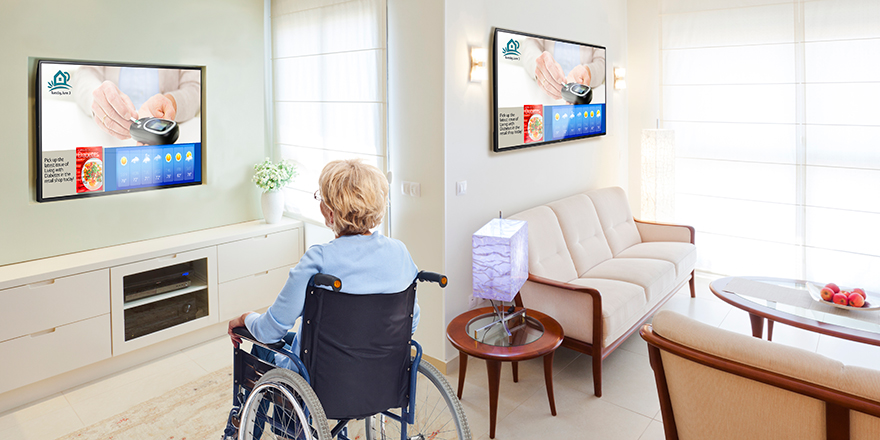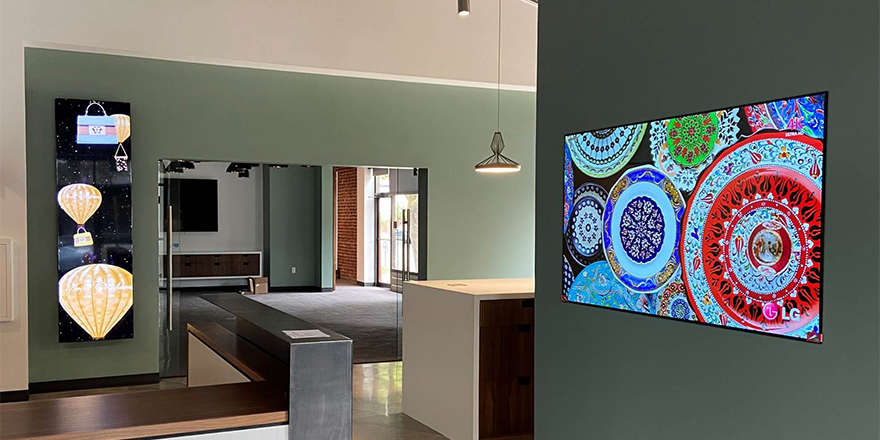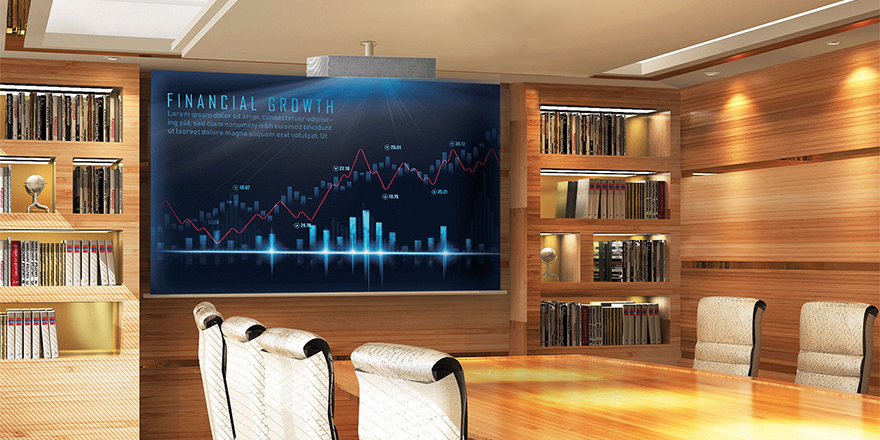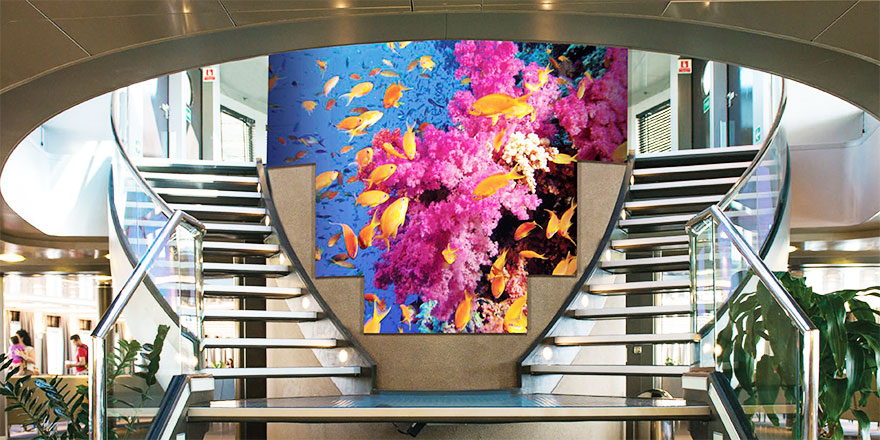
By Tom Mottlau
Director of Healthcare & Emerging Markets
LG Business Solutions USA
As the population ages and more people enter long-term care and senior living facilities, technology stands ready to improve lives while streamlining operations. Tech innovation and senior care may seem like odd bedfellows, but a growing field of connected solutions plays into the hands of the Silent Generation and aging Baby Boomers who expect a certain level of digital interaction in their lives. Facilities with the right network infrastructure will be best positioned to make this a reality.
A recent study from the Pew Research Center found that nearly half of seniors own a smartphone and almost three-quarters use the Internet.1 The Stanford University Center on Longevity reports that adults over 80 who use communication technology are more likely to report mental and physical well-being.2 And results from a Front Porch Center for Innovation and Wellbeing pilot program—in which voice control devices were installed in a San Diego retirement community—reveal that 71 percent of residents said the technology makes them feel more connected and 100 percent said the device makes life easier.3 In other words, enabling a rich, digital experience is quickly becoming a requirement for today’s seniors.
Regardless of the technology that goes into senior and long-term care facilities, there needs to be a robust combination of wireless and wired networking to support what’s possible. The so-called Internet of Things and emerging 5G wireless communications will usher in new connected devices that can help monitor residents’ condition, for example, or make buildings smarter and more efficient, all while helping free up staff to focus on caregiving.
Perhaps the most prominent yet underappreciated high-tech device in care facilities is the humble television. Present in virtually all residences, and increasingly pervasive in lobbies, common areas and other spaces, TVs are no longer just a one-way entertainment medium. Integrated into a facility-wide IT network, commercial-grade smart TVs like those from LG can incorporate much of the digital connectedness that seniors have started to enjoy across the many disparate gadgets that have entered their lives.
A modern, networked TV functions more like an all-in-one, web-based computer, addressable by facility operators with the purpose of communicating information or interacting with residents. The hotel industry has already started to embrace this technology model in a significant way. Using large, commercial in-room TVs, hotels have begun offering amenities through the LG Pro:Centric® platform directly to guests, from simple checkout to extensive concierge services. They’ve also made it easy for people to connect their own, preferred entertainment to the provided display, as well as offer branded content.
In senior healthcare, the TV can also act as this kind of media and information hub. Depending on the robustness of a facility’s IT network, caregivers and operators can send targeted reminders to residents to take their medication, offer lifestyle tips and deliver announcements of social events.
To enable this type of one-way communication, all that’s really needed is the Wi-Fi connectivity increasingly available at today’s facilities. Add to the mix a faster, wired network—or even a higher-speed wireless connection—and residents can interact with the smart TV, and, by extension, with their healthcare providers or even distant family members. They can confirm that they’ve taken their medication or RSVP for social events, all through a very familiar TV interface.
For facility operators, this kind of TV network helps simplify and centralize communication with residents. For example, the tools for sending messages or information to TV screens throughout a facility are akin to using a presentation template. No extensive IT skills are required, meaning the tech pros can focus on what they do best—ensuring a facility’s IT systems run efficiently. Instead, posting communications via networked TVs can be handled by a receptionist or other staffer, or it can be easily scheduled to run automatically.
And because this next generation of smart TV represents more of a computing platform than a screen in an armoire, it can be customizable. LG’s technology partners can develop solutions that enhance the digital experience—such as software that allows families and friends to share photos directly on residents’ TVs.
Eventually, LG plans to incorporate cutting-edge communication tools like voice control and video conferencing from innovators like Independa directly into the TV—the hub of a living space—vastly simplifying digital lifestyles and centralizing functions in a single device. As telehealth becomes more common and patients can interact visually with remote healthcare providers, the TV hub will become even more important.
However, as we come up with better ways to engage seniors digitally, the IT department needs to realize that new solutions can limit network bandwidth. Enabling smart TV hubs is just one demand put on networks, but there’s also ubiquitous Wi-Fi for residents and staff, back-office software systems, digital signage, video security, and other applications that increasingly tax network infrastructure.
The 21st century long-term care facility will need to evolve digitally to meet the expectations of current and future residents. While the mix of solutions may differ from provider to provider, building out the network infrastructure to support whatever digital experience residents seek to enhance their lives will be key to that evolution.
1. https://www.pewresearch.org/internet/2017/05/17/technology-use-among-seniors/
2. https://news.stanford.edu/2016/11/28/oldest-adults-may-much-gain-social-technology/
3. http://fpciw.org/wp-content/uploads/sites/15/2017/12/FINAL-DRAFT-Amazon-Alexa-Analysis-Report.pdf





